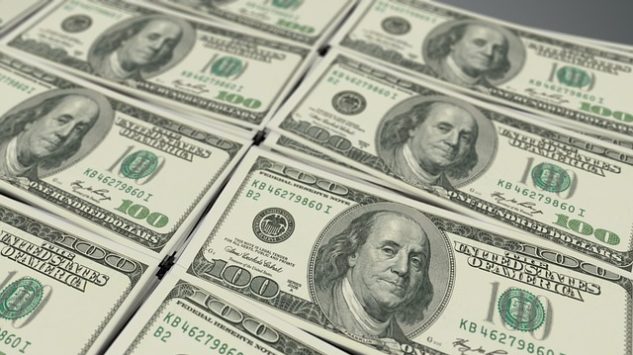Issue Briefs

What Lord Liverpool Could Teach Today’s Fed
July 23, 2019
By Martin Hutchinson
Robert Banks Jenkinson, Lord Liverpool, said it best, in a House of Lords speech of May 26, 1818: “The tendency of an inconvertible paper money is to create fictitious wealth, bubbles, which by their bursting, produce inconvenience.” His phrase “fictitious wealth”, or better “fictitious capital” has a similar (but not, as I shall explain, identical) meaning to the Austrian economists’ “malinvestment” a century later, yet it is in eloquent English, not the made-up word of droning German-speaking professors. We should recognize Liverpool’s priority, and follow his economic thinking.
Fictitious capital
Liverpool elaborated somewhat on the “fictitious capital” idea in the debates on returning to the Gold Standard the following year: “the consequence of (the paper money system on which Britain had operated since 1797) is too often an encouragement to speculation, to unsound dealings, to the accumulation of fictitious capital; from all of which, in the course of a given number of years, a greater quantity of evil would probably accrue than of real advantage.”
According to Google’s admirable “Ngram Viewer” search system, the use of the term “fictitious capital” peaked in those years of 1818-21, very probably as a result of Liverpool’s use of the term – he was, after all prime minister and First Lord of the Treasury at the time, responsible for the organization of Britain’s financial system. There was then a second peak in the early 1840s, perhaps resulting from the railway speculations in those years, after which the term was quiescent until the inflation of World War I, finally resuscitating to a steady level of usage (but lower than in 1820 and the 1840s) after World War II.
Interestingly, Liverpool as a young man may have been the effective originator of the “fictitious capital” term. The earliest reference in the Google database is in the Monthly Review of December 1793, a publication for which we know Liverpool’s father, the first Earl, wrote in the 1750s. The passage describes the speculative trade from the 1793 inflation due to the war as being “likely to engross our whole commercial capital and exchange it gradually for currency of imaginary value” – it then describes this “fictitious capital” as being the cause of the country bank bankruptcies of that year.
The dangers of paper money
Liverpool and Ludwig von Mises, a century later, agreed about the effect of excessive issues of paper money. However, their terms used to define the problem are subtly different. “Malinvestment,” the Austrian-economics term, suggests that foolish actors in the economy are (through delusion) making bad investments, which then need to be liquidated. “Fictitious capital” in Liverpool’s sense of the term, suggests that in a funny-money economy, much of the capital may not be real at all. It is not the result of foolish decisions made by economic participants who in a better-run economic system would be more sensible; it is a figment of the imagination.
Foolish monetary policies have consequences
Both Liverpool and von Mises would be in total agreement that the monetary policy of the last 24 years has been extremely foolish, and consequently could be expected to have led to gigantic amounts of malinvestment or fictitious capital.
The views and opinions expressed in this issue brief are those of the author.
 |
Martin Hutchinson is a GPI Fellow. He was a merchant banker with more than 25 years’ experience before moving into financial journalism. Since October 2000 he has been writing “The Bear’s Lair,” a weekly financial and economic column. He earned his undergraduate degree in mathematics from Trinity College, Cambridge, and an MBA from Harvard Business School. |